Flocks of crows regularly fly back to the Forbidden City at midnight, signaling a creepy spiritual event.
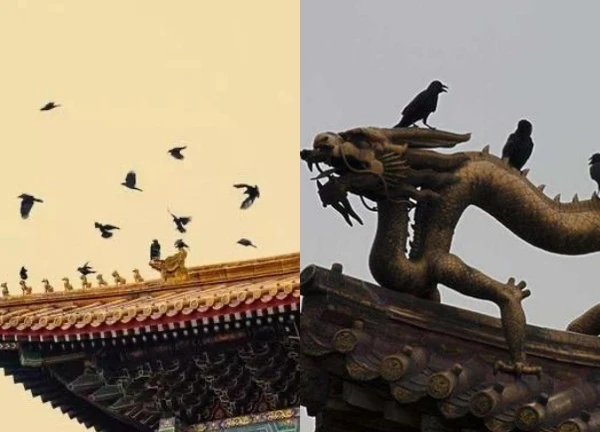
3 | 0 Discuss | Share
The Cold Palace – where disgraced concubines were kept – has long been known as a land of tragedy and suffering. This is where once-favored women are pushed into loneliness, resentment, and oblivion.
Over the centuries, this area has been abandoned and is believed to carry heavy "Yin energy".
Currently, the Cold Palace is not open to visitors. There are many theories to explain this. Some say that this place has witnessed many unjust deaths of palace maids, concubines and eunuchs, so the evil spirit is very strong. Others say that the buildings have seriously degraded, posing potential structural dangers.
Another curious place in the Forbidden City is the "Yin Yang Road" or Dong Tong Tu. According to legend, this road divides the boundary between the world of the living and the world of the dead. On windy nights, this road is said to have two strange paths: the Yin path and the Yang path. If the living choose the Yin path, the souls will follow the Yang path to avoid collision. However, if someone stands in the middle of the boundary between the two paths, where the two worlds intersect, they may be taken over by a soul and face unpredictable consequences. Although there has been no scientific verification, many people who have passed through it claim that they do not want to return a second time.
The Forbidden City is also shrouded in many mysterious stories. Emperor Pu Yi, the last emperor of China, once recounted in his memoirs that as a child, he often heard eunuchs and palace maids whispering about ghosts appearing at night. These stories add to the creepy atmosphere of the place. Even in modern times, some people have said they have seen the shadows of palace maids passing by the walls.
However, scientists have come up with an explanation: the "ghost" phenomenon on the wall could be due to the paint containing iron tetroxide, creating a strange reflective effect under the light in some narrow areas. Despite the scientific explanation, the legend of the Forbidden City has always been a topic of interest.
Another special thing about the Forbidden City is that the Three Great Halls, including Thai Hoa, Trung Hoa and Bao Hoa – where ceremonies and power were held – have absolutely no trees. This makes many visitors wonder. Here are four hypotheses put forward by researchers:
The first hypothesis is that the lack of trees was to enhance the majesty of the royal power. The king was the "son of heaven" - the son of heaven - so nothing was allowed to be higher than the Thai Hoa Palace. An empty space without trees would make people entering the court feel small, increasing the fear and pressure when facing the emperor. Furthermore, having trees could attract birds to this area, losing its inherent solemnity.
The second theory explains that not planting trees was to eliminate the hiding places of assassins. The emperor was the one who held supreme power, so he always faced the risk of assassination. Trees could become ideal hiding places for criminals. History recorded an event in the 18th year of Jiaqing, when a group of rebels attacked the Forbidden City. After being chased, they climbed a large tree to cut branches and prepared to set it on fire. Although the plan failed, this incident made the Jiaqing emperor worried and banned the planting of trees around the Three Great Halls from then on.
The third theory is that trees are not planted to prevent fire. The Forbidden City was built mainly of wood, so the risk of fire is very high. In fact, the palaces in this area have burned down many times in history. Trees can attract lightning, creating conditions for fire to spread. In ancient times, firefighting techniques were limited, so avoiding trees was a preventive measure. In addition, in the Forbidden City, there are 308 water cauldrons arranged for use when needed, especially in winter, fires are lit underneath to prevent the water from freezing. There are also special stone buildings designed as fire walls.
The final hypothesis is related to feng shui. According to the theory of the five elements, the Three Great Halls area located in the center of the Forbidden City represents the Earth element. Meanwhile, trees belong to the Wood element, and Wood overcomes Earth. Planting trees would be considered taboo, affecting the dragon veins and the emperor's power. Therefore, ancient architects designed the courtyard in the shape of the letter "Earth", minimizing the appearance of trees.
Although each theory has its own arguments, to this day, the real reason why the Three Great Halls have no shade remains a mystery that has not been clearly confirmed. Like many other stories in the Forbidden City – from the Cold Palace, the Yin Yang Road to the ghostly legends – this place remains a mysterious historical treasure, arousing curiosity in anyone who has ever set foot there.
Forbidden City Mystery: Cracked Brick Courtyard, Accidentally Revealing a Shocking Secret? 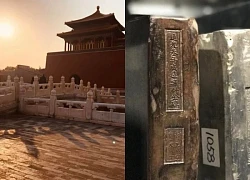 Đình Như18:47:44 17/05/2025For hundreds of years, archaeologists, historians and architects have been fascinated by this mysterious site. Every tree branch, blade of grass and even the floor tiles in the Forbidden City all have their own stories to tell.
Đình Như18:47:44 17/05/2025For hundreds of years, archaeologists, historians and architects have been fascinated by this mysterious site. Every tree branch, blade of grass and even the floor tiles in the Forbidden City all have their own stories to tell.

3 | 0 Discuss | Share
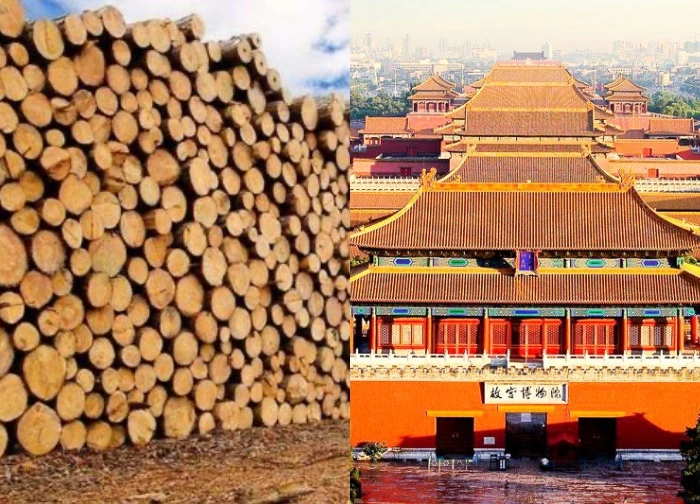
1 | 0 Discuss | Share
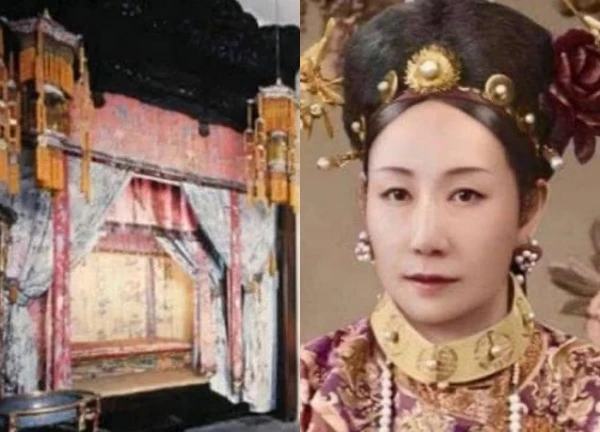
2 | 0 Discuss | Share
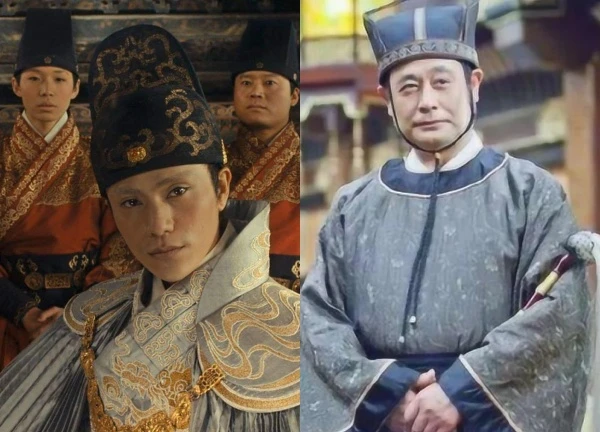
4 | 0 Discuss | Share
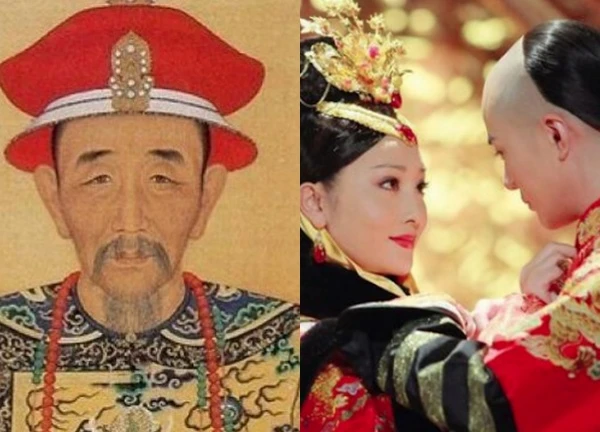
4 | 0 Discuss | Share
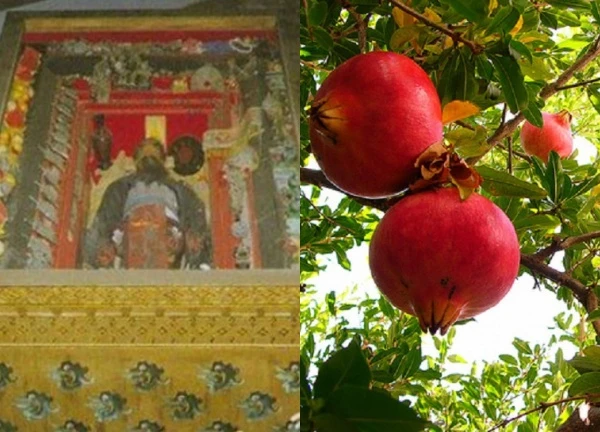
5 | 0 Discuss | Share
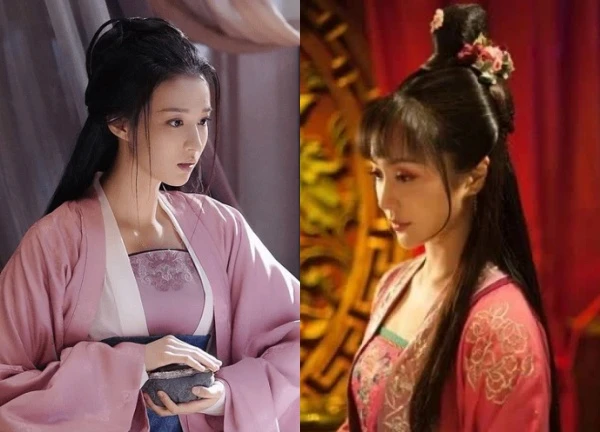
2 | 0 Discuss | Share
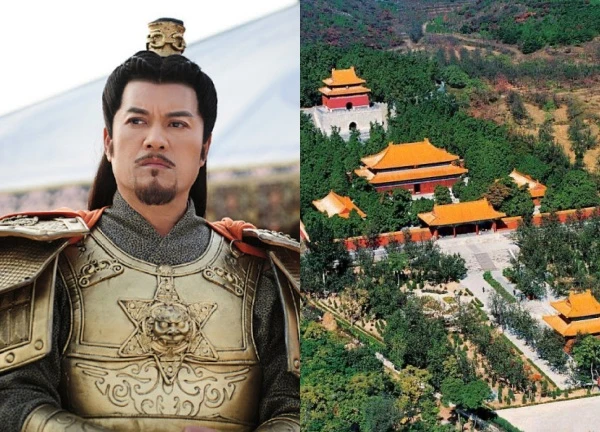
4 | 0 Discuss | Share
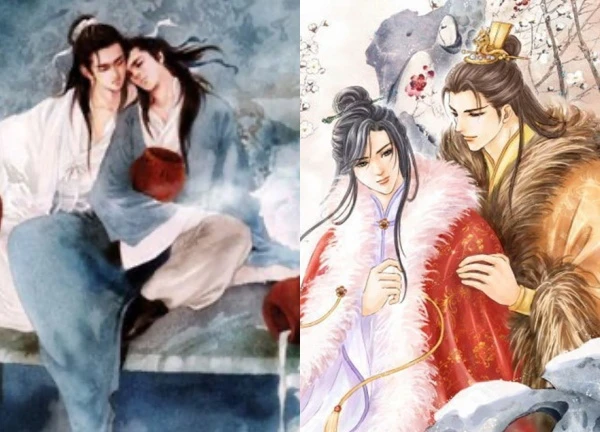
2 | 0 Discuss | Share
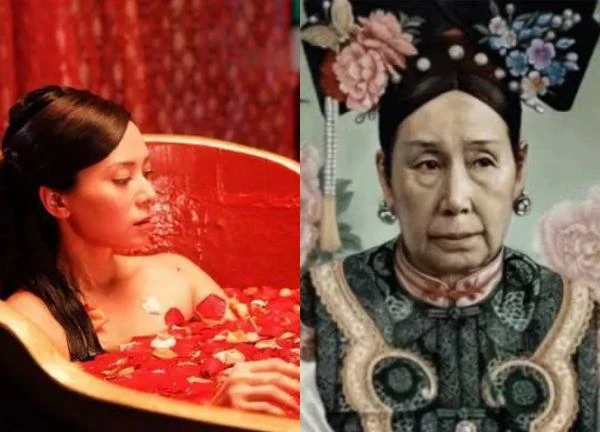
2 | 1 Discuss | Share
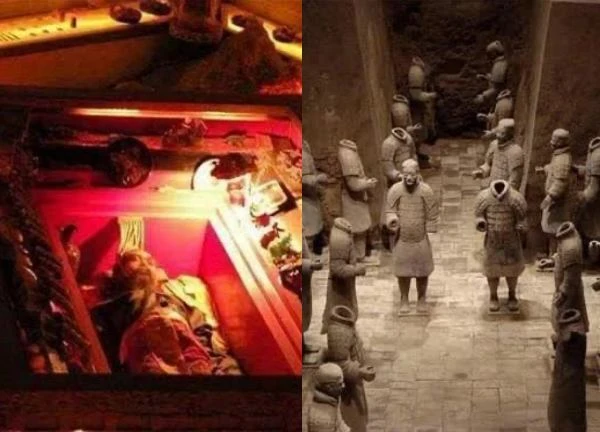
3 | 1 Discuss | Share
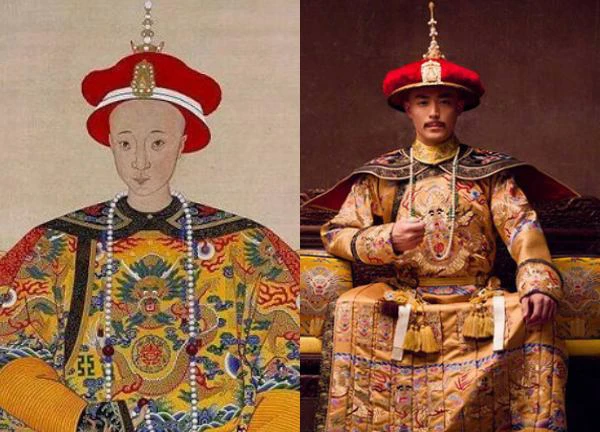
3 | 1 Discuss | Share







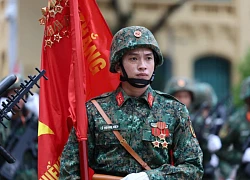


1 | 0 Discuss | Report